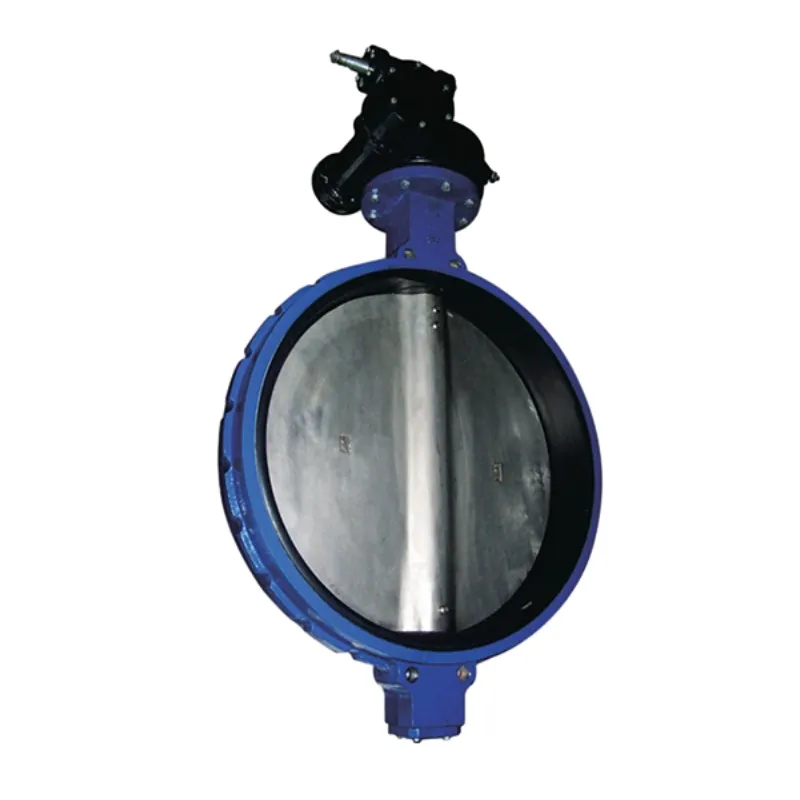Nov . 28, 2024 01:31 Back to list
OS and Y Control Valves for Optimal Flow Management
Understanding OS & Y Gate Valves Functionality and Applications
Gate valves are essential components in various plumbing, industrial, and municipal systems, primarily used to start or stop the flow of fluid. Among the different types of gate valves, the OS&Y (Outside Screw and Yoke) gate valve stands out for its unique design and reliable performance. This article delves into the characteristics, functionalities, and applications of the OS&Y gate valve, elucidating why it is an indispensable asset in fluid control systems.
What is an OS&Y Gate Valve?
An OS&Y gate valve features an external screw and yoke mechanism that clearly indicates the valve’s open or closed status. The distinguishing feature of this valve type is that the stem is located outside the valve, giving operators visual confirmation of the valve position through the height of the stem. When the valve is fully open, the stem extends above the yoke; when closed, it is nearly flush with the yoke. This design allows for easier operation and maintenance, particularly in high-pressure applications.
Structure and Components
The OS&Y gate valve consists of several crucial components
1. Stem The vertical rod that controls the opening and closing of the valve. It moves the gate up and down, facilitating flow. 2. Yoke The structure surrounding the stem, which provides support and stability while allowing the operator to turn the handwheel or lever that operates the stem.
3. Gate The component that stops or allows fluid flow. It can be made from various materials depending on the application, including cast iron, stainless steel, or other alloys.
4. Sealing surfaces These surfaces ensure a tight seal when the gate is in the closed position, preventing leaks.
The design of the OS&Y gate valve allows it to be specifically used in systems that require both on/off control and the need for a visible indication of the valve’s status.
Advantages of OS&Y Gate Valves
- Visual Indication of Status The external stem design provides an unmistakable visual signal regarding whether the valve is open or closed.
os & y gate valve

- Ease of Maintenance With the stem operating outside the fluid flow path, maintenance and repairs can be conducted without the need to drain the system, thereby saving both time and resources.
- Reduced Flow Resistance When fully open, the OS&Y gate valve offers minimal flow resistance, which is essential in high flow applications. This design improvement enhances efficiency in various systems.
- Durability Made from high-quality materials, OS&Y gate valves are designed to resist corrosion and wear, making them suitable for long-term use in demanding conditions.
Applications of OS&Y Gate Valves
OS&Y gate valves are widely used across various industries due to their reliability and versatility. Here are some of the primary applications
1. Water Supply Systems In municipal water distribution systems, OS&Y gate valves help control water flow into different sections, ensuring efficient distribution.
2. Fire Protection Systems These valves are commonly used in firefighting systems where they allow for quick isolation of specific sections of the pipeline network, improving response time and effectiveness during emergencies.
3. Industrial Processes Many manufacturing and chemical processing plants utilize OS&Y valves to manage the flow of various fluids, from water to corrosive chemicals, ensuring operational safety and efficiency.
4. HVAC Systems In heating, ventilation, and air conditioning systems, OS&Y gate valves are employed to regulate the flow of fluids, enhancing environmental control in buildings.
Conclusion
The OS&Y gate valve is a vital component in numerous fluid control applications, offering a blend of performance, reliability, and ease of use. Its design facilitates seamless operation and maintenance, making it a preferred choice in industries ranging from municipal water supply to complex industrial processes. As technology and materials continue to advance, OS&Y gate valves will likely evolve, maintaining their essential role in ensuring the efficient and safe operation of fluid systems worldwide. By understanding their functionality and applications, engineers and operators can make informed decisions about their deployment, ultimately enhancing system reliability and efficiency.
Share
-
Reliable Wafer Type Butterfly Valves for Every IndustryNewsJul.25,2025
-
Reliable Flow Control Begins with the Right Ball Check ValveNewsJul.25,2025
-
Precision Flow Control Starts with Quality ValvesNewsJul.25,2025
-
Industrial Flow Control ReliabilityNewsJul.25,2025
-
Engineered for Efficiency Gate Valves That Power Industrial PerformanceNewsJul.25,2025
-
Empowering Infrastructure Through Quality ManufacturingNewsJul.25,2025